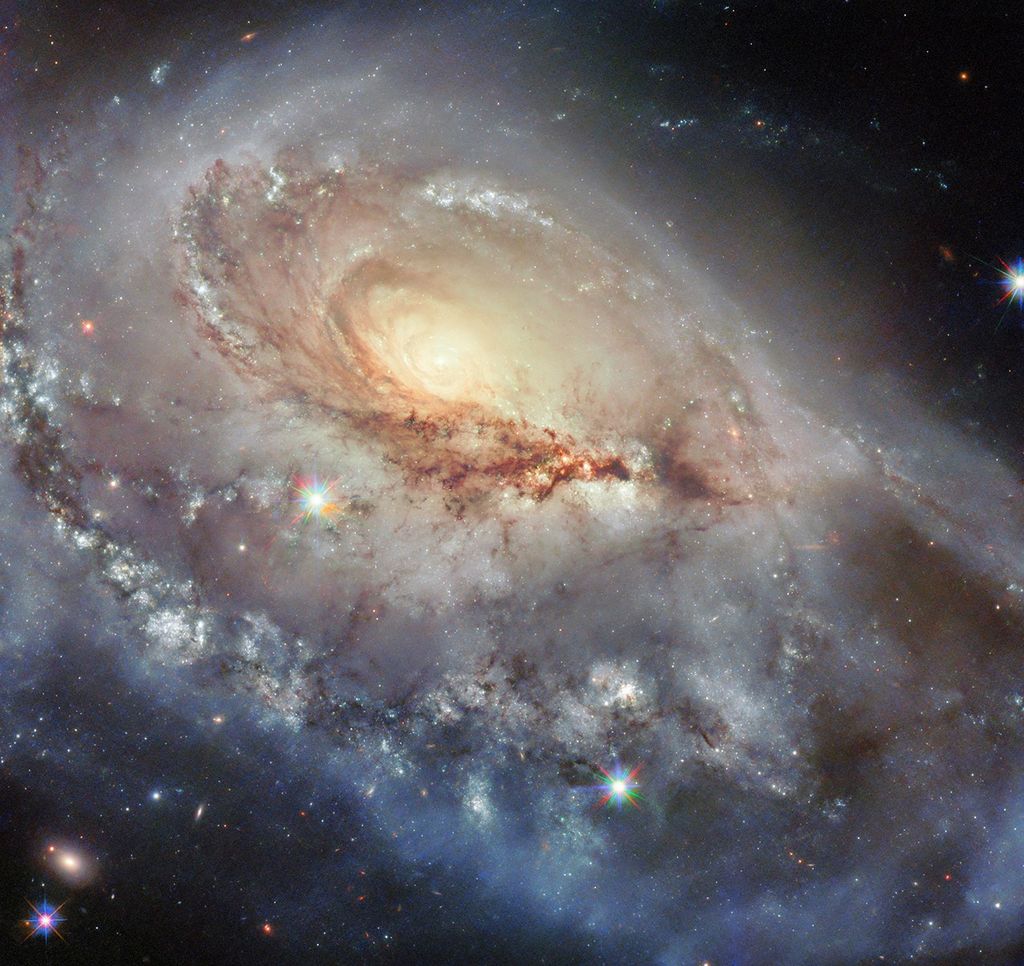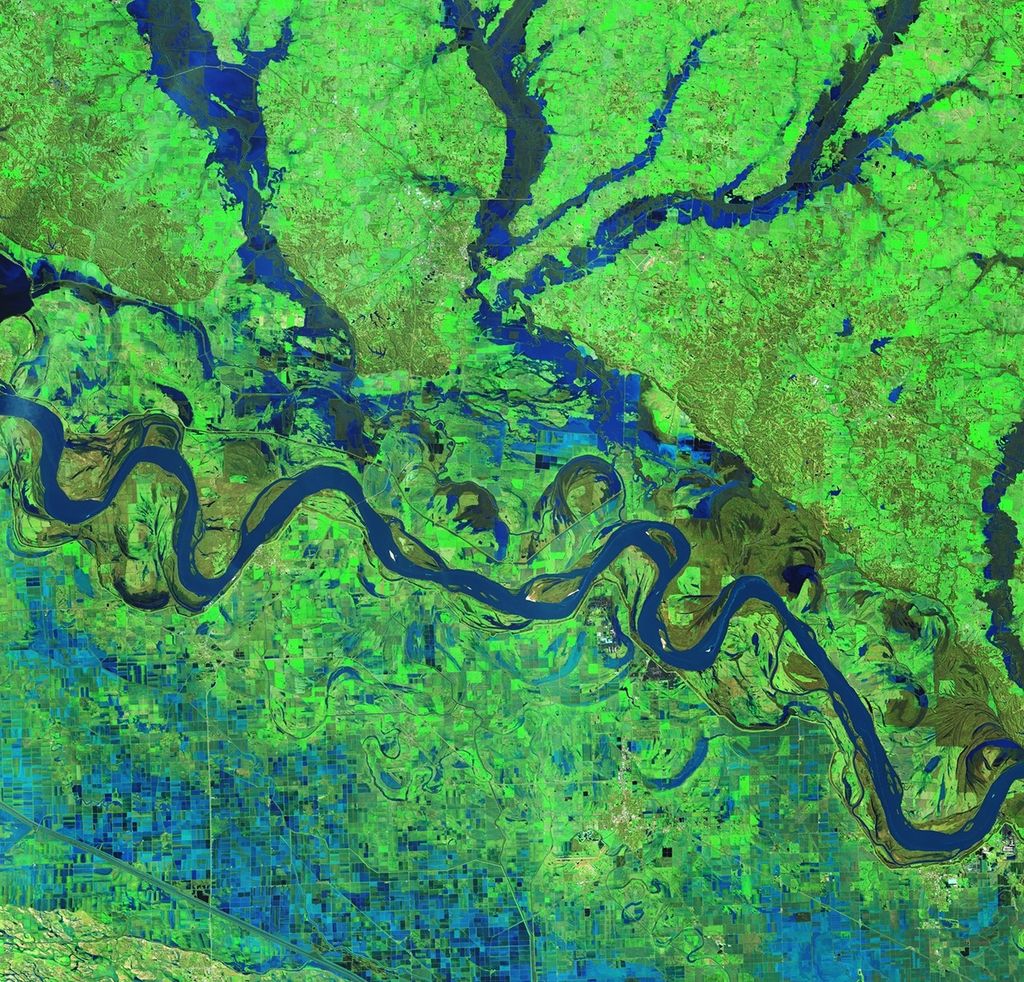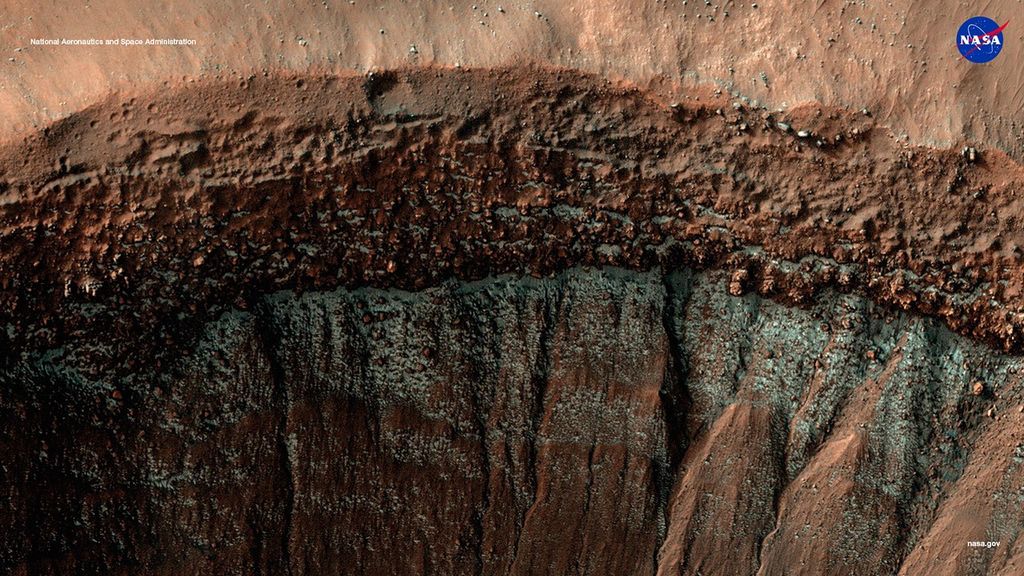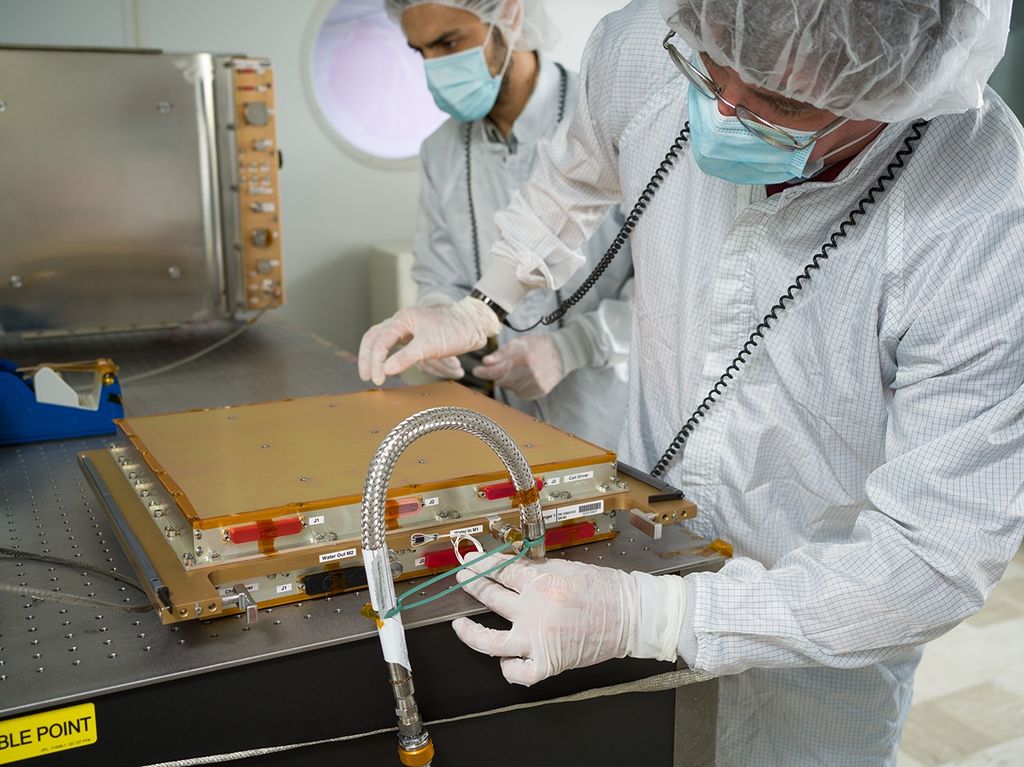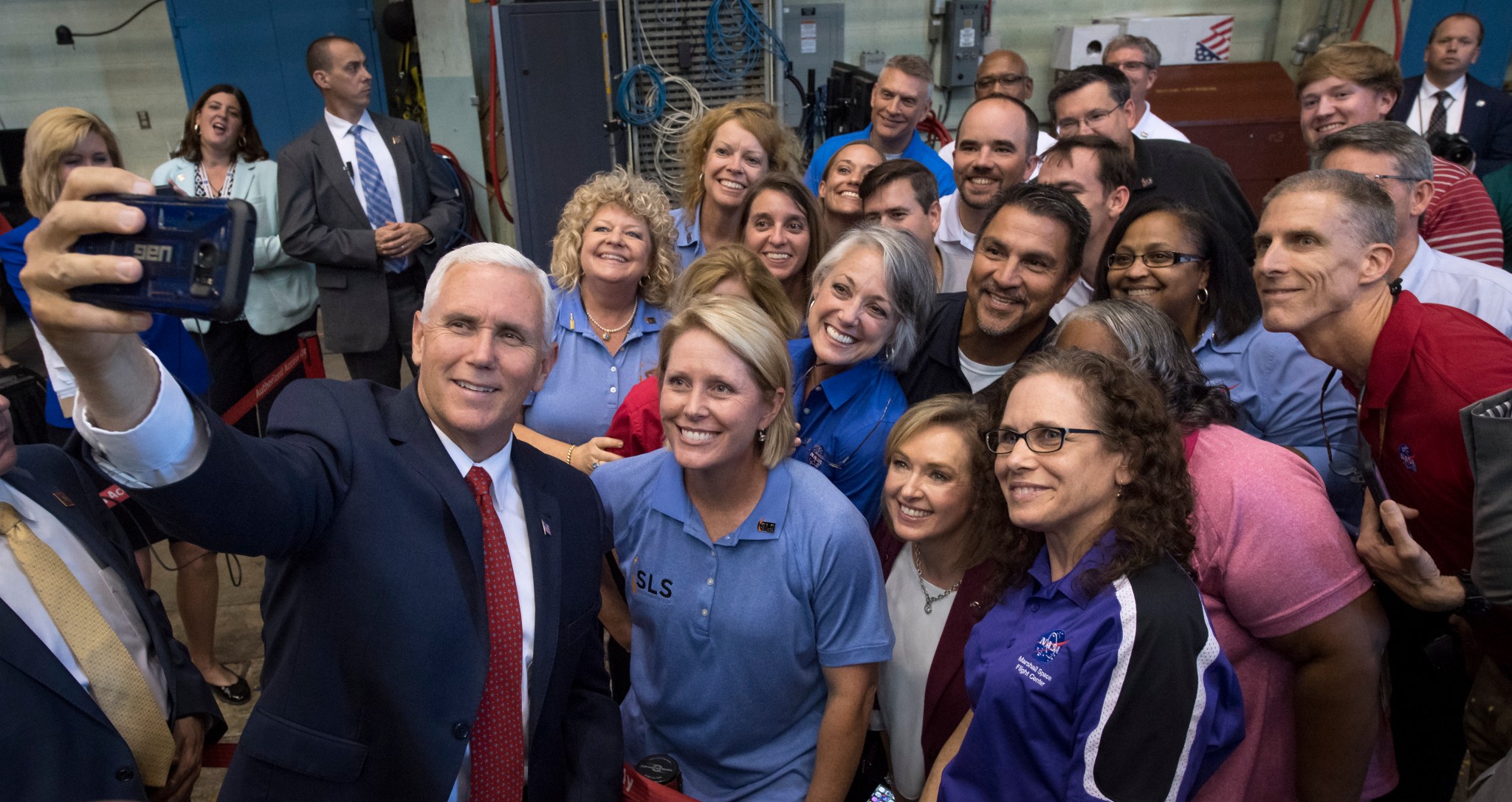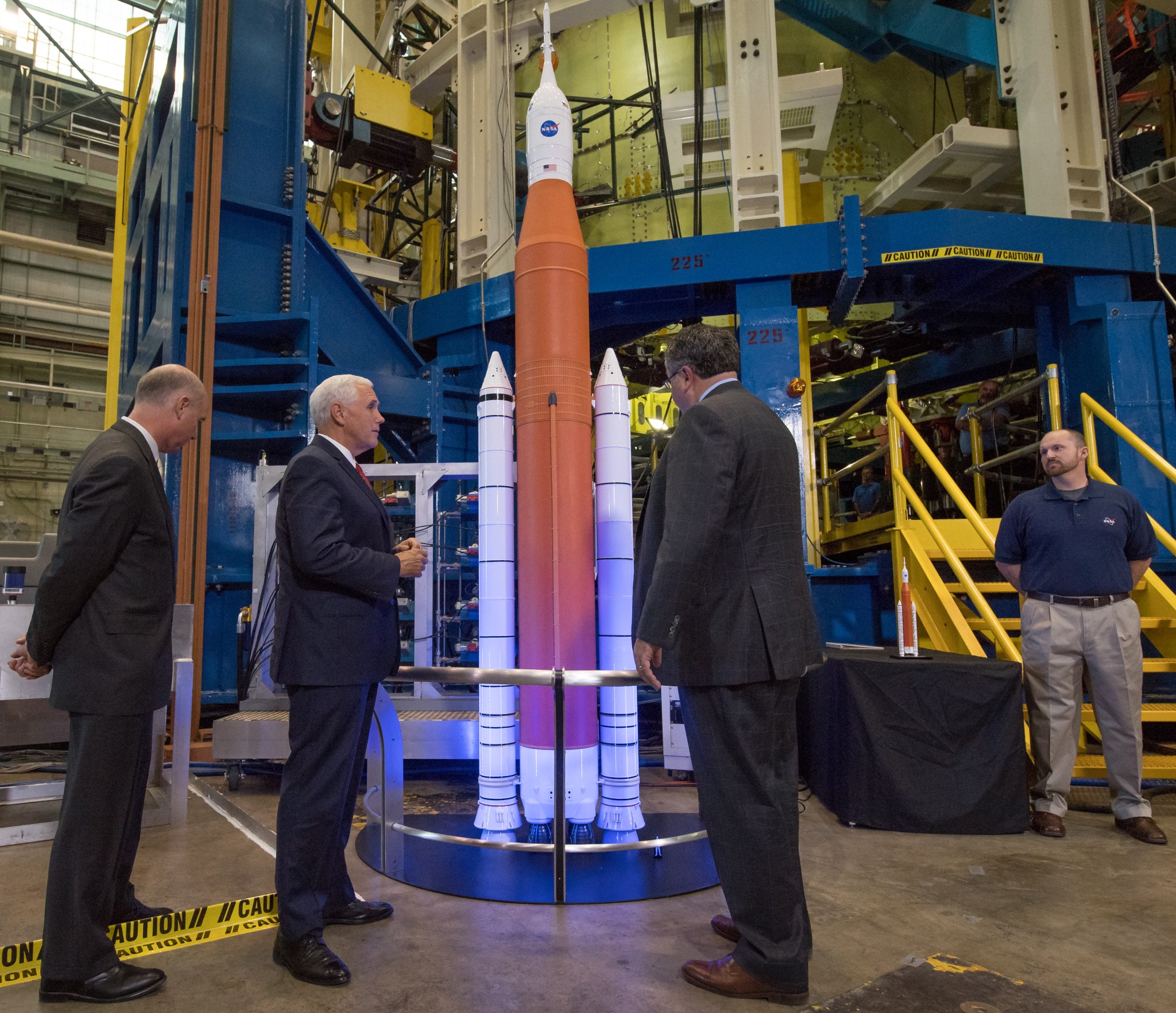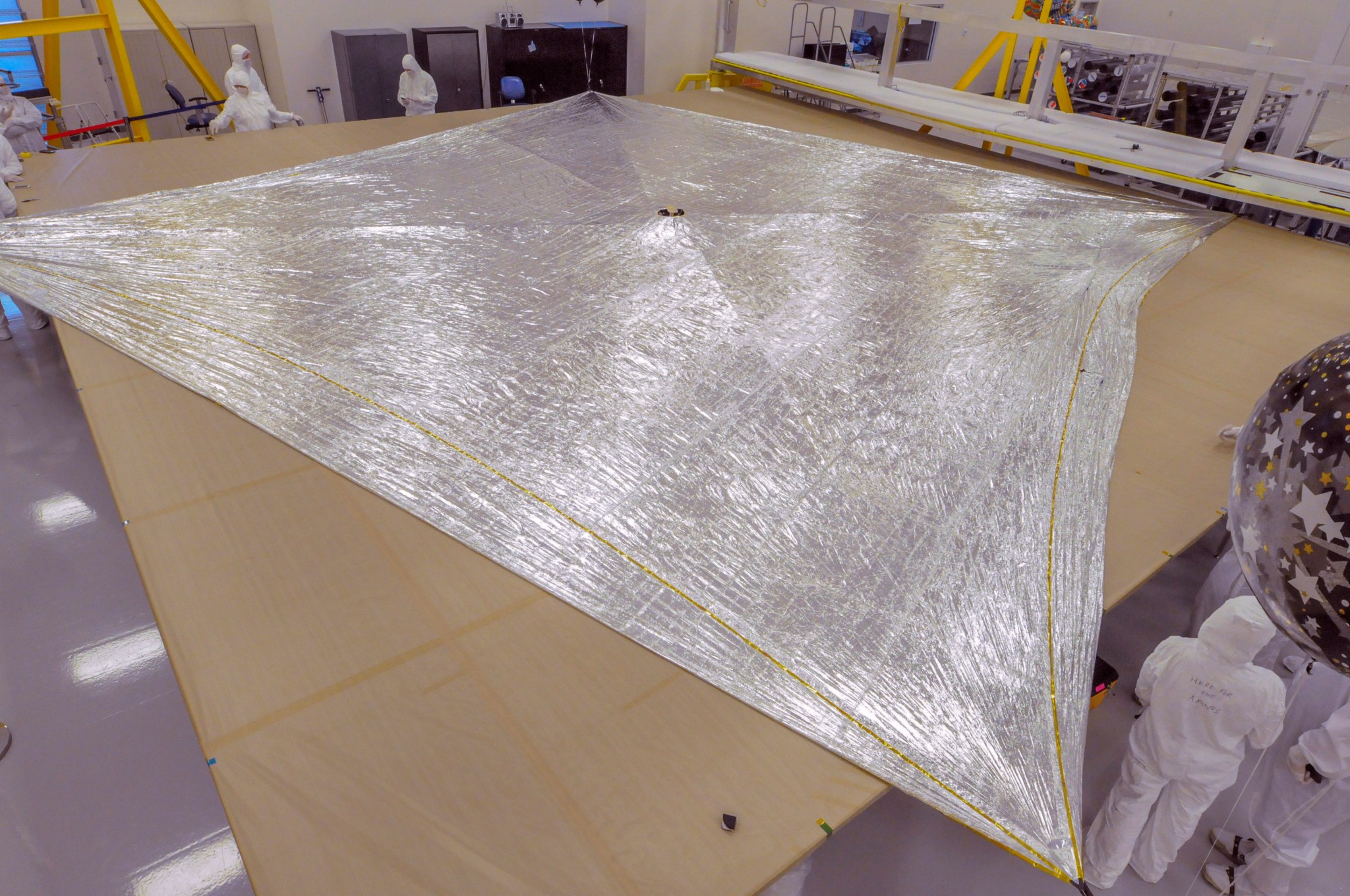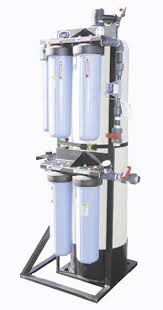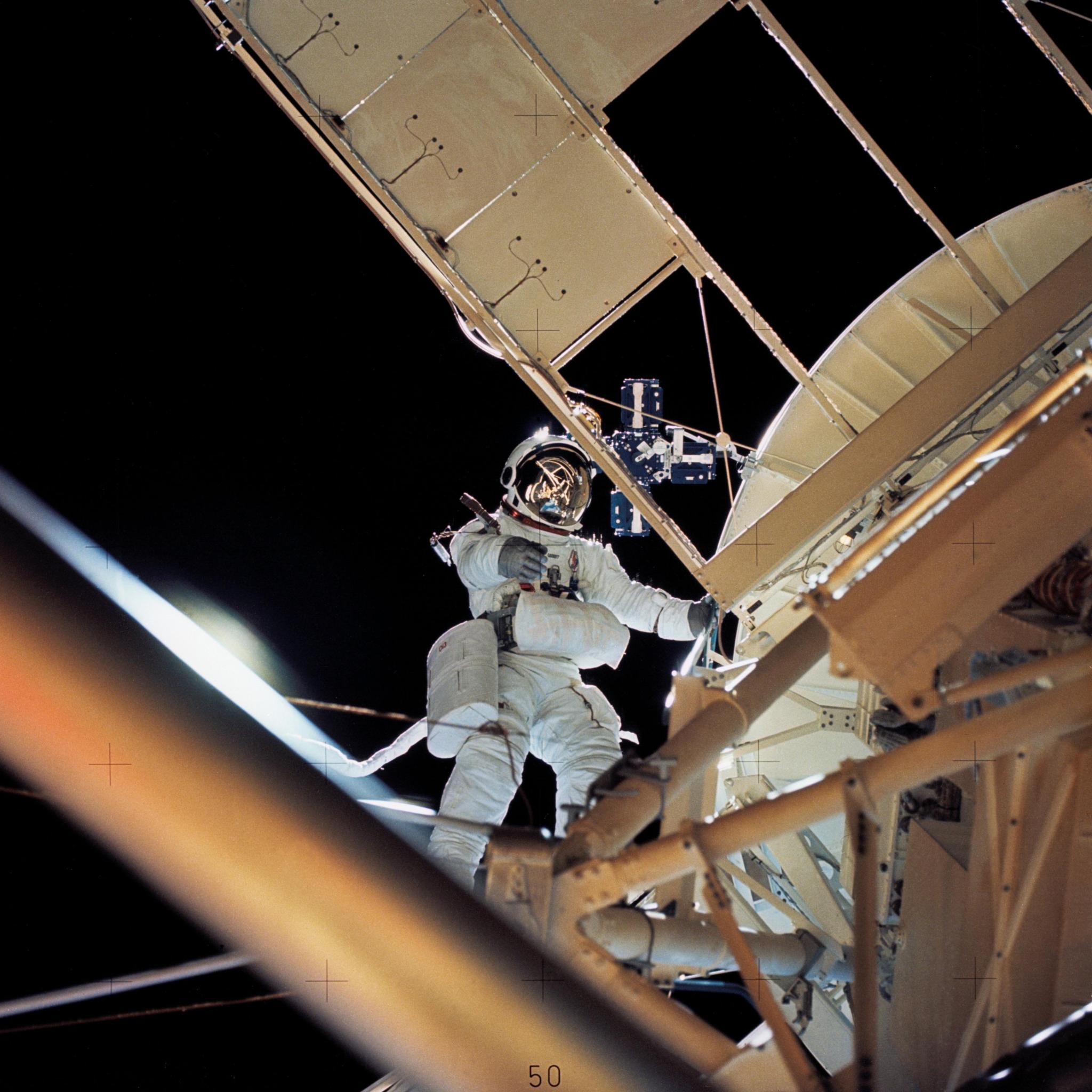In This Week’s Star
- Vice President Briefed on Space Launch System Progress, Places Call to Space Station Crew During Visit to Marshall
- Marshall Center Director Todd May, Deputy Director Jody Singer Update Workforce at All-Hands Meeting
- NASA’s Near-Earth Asteroid CubeSat Goes Full Sail
- Hinode Takes an X-Ray of a Powerful Solar Flare
- Marshall’s Safety Week 2017 Underway
- From the Barren Environment of Space to Rural Communities on Earth, Marshall Technology Provides Drinkable Water
- Marshall Leaders Present Industry, Advocate Awards Sept. 21 for Service to Marshall, NASA’s Mission
- Redstone Arsenal Garrison Commander Col. Thomas Holliday Jr. speaks to Marshall Association
- This Week in NASA History: Second Crewed Skylab Mission Splashes Down – Sept. 25, 1973
- OSIRIS-REx Mission Highlighted on ‘This Week @NASA’
- Obituaries
Vice President Briefed on Space Launch System Progress, Places Call to Space Station Crew During Visit to Marshall
By Janet Sudnik
Vice President Mike Pence toured the Space Launch System engineering facility, spoke with astronauts aboard the International Space Station and even took a selfie with employees during a visit to NASA’s Marshall Space Flight Center Sept. 25. Vice President Pence also offered his thanks to team members who work on NASA’s human spaceflight programs during his tour of Marshall.
“Today, I met pioneers who are helping America travel into the unknown and expand our knowledge for the benefit of the nation,” said Vice President Pence. “I’m inspired by the people at Marshall, and NASA as a whole, who are passionate and dedicated to space exploration. The massive hardware and innovative technologies we are building will propel us far beyond our home planet and allow America to lead in space again.”
The Vice President saw the progress being made on NASA’s Space Launch System — the world’s most powerful deep-space rocket — that will send astronauts on missions around the moon and ultimately to Mars. He also visited Marshall’s Payload Operations Integration Center, where the agency manages all research aboard the International Space Station.
From Marshall’s science command center, Vice President Pence called the NASA astronauts aboard the space station – speaking with Expedition 53 commander Randy Bresnik and flight engineers Mark Vande Hei and Joe Acaba. This is the first White House-level call to the space station from Marshall. He also met with the ground controllers who provide continuous support of the crew’s scientific activities on the orbiting laboratory, paving the way for future deep-space exploration missions.
“The work underway today at Marshall, supporting station science and with SLS, is integral to ensuring this nation’s incredible global leadership in human exploration,” said acting NASA Administrator Robert Lightfoot. “Vice President Pence now has personally visited three NASA centers in the last four months, and I deeply appreciate the Vice President’s strong commitment to our space exploration mission.”
The Vice President also toured the SLS engineering facility where the engine section of the rocket’s massive core stage is undergoing a major stress test.
“The work we are doing today is paving the way for a new generation of astronauts to travel farther into space than humans have ever ventured before,” said Marshall Center Director Todd May, who hosted the visit. “This next chapter in the story of our national space program is being written by the men and women of Marshall, who keep us on the leading edge of spaceflight and truly make this the Rocket City.”
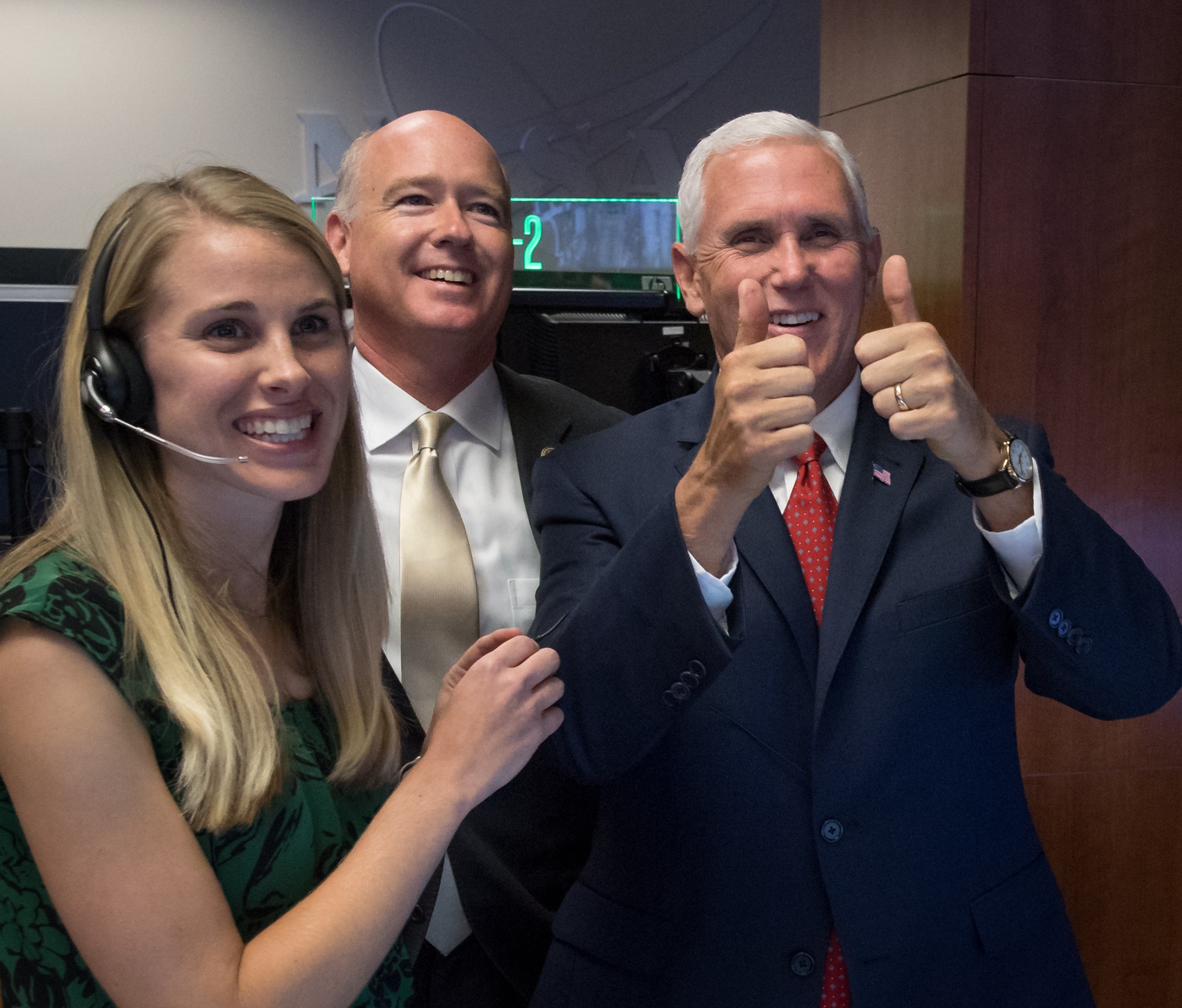
The Vice President concluded his visit with a tour of the U.S. Army Aviation and Missile Research, Development and Engineering Center for briefs from Army leaders on current missile defense projects and Army initiatives.
For video and images of Vice President Pence’s tour of Marshall, visit: https://www.nasa.gov/marshall.
Sudnik, an ASRC Federal/Analytical Services employee, supports the Office of Strategic Analysis & Communications.
Marshall Center Director Todd May, Deputy Director Jody Singer Update Workforce at All-Hands Meeting
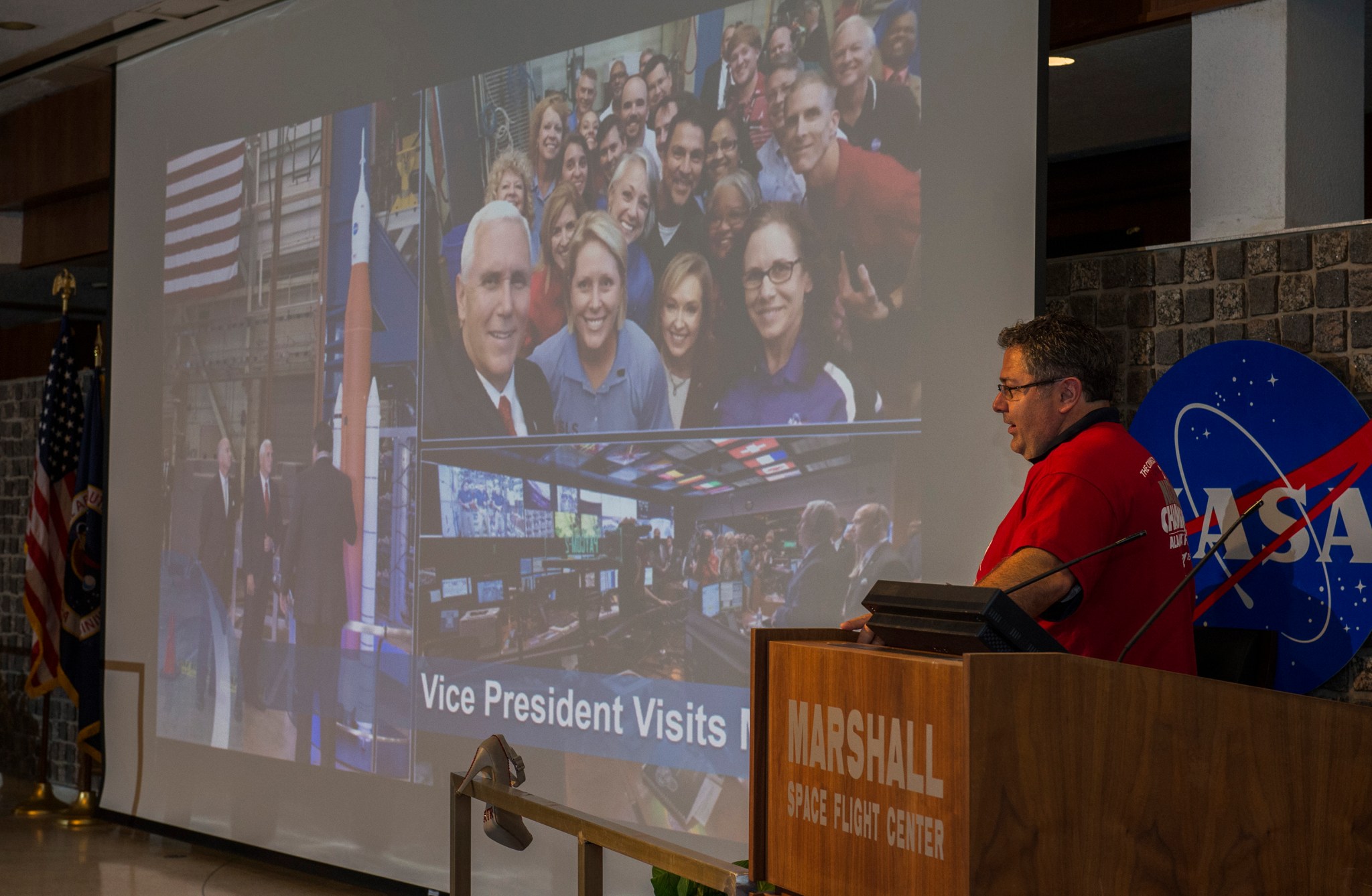
At a Sept. 26 all-hands meeting, NASA Marshall Space Flight Center Director Todd May highlights some of the key moments from Vice President Mike Pence’s visit to Marshall Sept. 25. “I’d like to thank all the people that prepared for the vice president’s visit. I think it was a great day for the center,” said May. “We were able to talk to him about NASA’s Space Launch System as well as some other projects. As the chairman of the U.S. Space Council, he is going to be very influential in space policy and I think this was a great opportunity for us.” May also commented on the nomination of U.S. Rep. Jim Bridenstine, President Donald Trump’s selection for NASA Administrator, and spoke about continuing to advance Marshall’s Plan to Thrive – a strategic management agenda that focuses on human capital, organizational efficiency and bi-modal operations. Marshall Deputy Director Jody Singer updated the workforce on the results of the recent employee viewpoint survey. Singer also provided an overview of NASA’s outreach during the Aug. 21 total solar eclipse, mentoring opportunities and the activities associated with the ongoing Safety Week 2017. (NASA/MSFC/Emmett Given)
NASA’s Near-Earth Asteroid CubeSat Goes Full Sail
By Amanda M. Adams
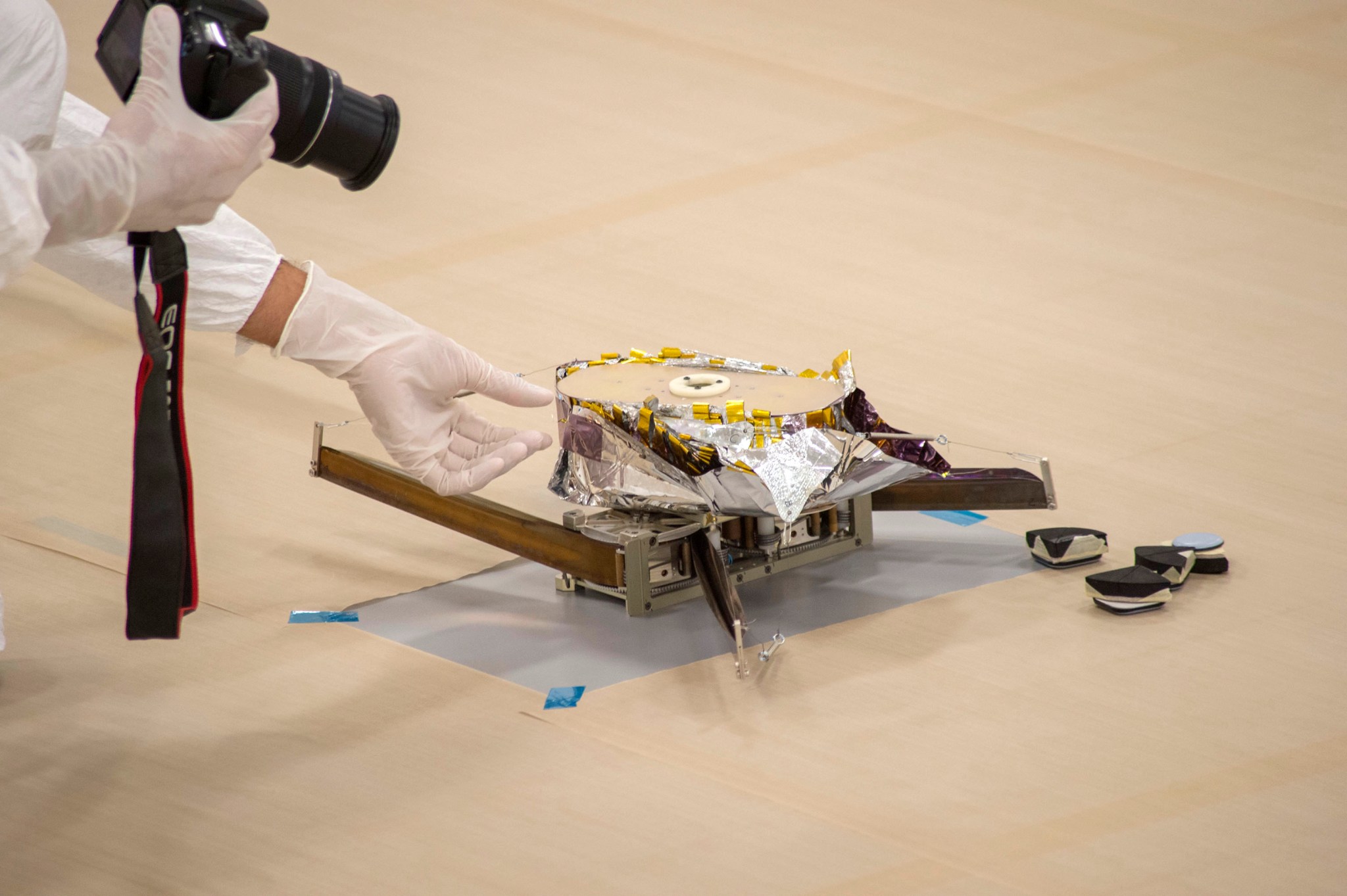
NASA’s Near-Earth Asteroid Scout, a small satellite the size of a shoebox, designed to study asteroids close to Earth, performed a full-scale solar sail deployment test at ManTech NeXolve’s facility in Huntsville Sept. 13. The test was performed in an indoor clean room to ensure the deployment mechanism’s functionality after recent environmental testing.
The Near-Earth Asteroid Scout, also known as NEA Scout, is a six-unit CubeSat that relies on an innovative solar sail for propulsion. It is one of 13 secondary science payloads NASA selected to fly on the initial launch of NASA’s Space Launch System rocket.
When deployed, the sail is square in shape with each side about the length of a school bus, and will deploy from the spacecraft using four arms — called booms — to hold the sail, much like a sail on a ship.
Instead of wind being the source of thrust, solar sails reflect sunlight to use as propulsion to move through space, minimizing the need for fuel. This method results in cost savings due to the reduced weight and size of the payload with reduced fuel.
“Last year, we did a deployment test on a half-scale prototype of the solar sail. We used the findings to make several improvements to the spacecraft’s sail deployment mechanism,” said Tiffany Lockett, a NEA Scout sail systems engineer at NASA’s Marshall Space Flight Center. “We incorporated a larger motor to help retract the booms after deployment and upgraded the software to perform the test. Also, we improved the sail restraint tab that holds the sail in place prior to deployment for easier sail deployment, upgraded the connection between the sail and the booms, and included a pin puller to help lock the sail spool during transportation.”
To minimize the amount of human intervention needed to deploy the sail in a gravity environment, the team had to come up with a way to reduce friction where possible. Engineers used improved sliders to allow the booms to glide easily across the surface of the table with less friction.
“We learned a lot from the results of the test. The motor performed as anticipated and three of the four sail restraint tabs released on time. The new, improved booms operated much better under less friction,” said Alex Few, NEA Scout sail systems mechanical designer at Marshall. “We look forward to analyzing the results further in the coming weeks.”
The team will use these findings to make final adjustments to the testing of the solar sail that will be used in flight, scheduled for testing later this year.
“NEA Scout will perform a reconnaissance fly-by and take pictures of an asteroid to learn more about the risks and challenges they may pose to future human exploration missions,” said Les Johnson, NEA Scout’s solar sail principal investigator at Marshall. “It will deploy from the rocket after the Orion spacecraft is separated from the upper stage.”
NASA’s Advanced Exploration Systems manages NEA Scout with the team led at Marshall with support from NASA’s Jet Propulsion Laboratory and NASA’s Langley Research Center. Advanced Exploration Systems infuses new technologies developed by NASA’s Space Technology Mission Directorate and partners with the Science Mission Directorate to address the unknowns and mitigate risks for crews and systems during future human exploration missions.
Adams, an ASRC Federal/Analytical Services employee, supports the Office of Strategic Analysis & Communications.
Hinode Takes an X-Ray of a Powerful Solar Flare
On Sept. 10, the Hinode satellite observed an enormous X-class flare burst from an active region on the western edge of the sun. The video shows the high-energy flare as seen by Hinode’s X-Ray Telescope.
The emission was so bright that the initial blast caused the detector to saturate. The giant explosion sent a huge cloud of superhot plasma zooming into interplanetary space — a phenomenon known as a coronal mass ejection.
The cusp-shaped loops and thin sheet of plasma extending from the loop tops are predicted by several flare models, although details about how flares are triggered is still hotly debated.
Studying large flares like this one with a variety of instruments is key to understanding exactly what causes these dramatic eruptions, and one day predicting them before they occur.
Hinode is a joint endeavor by the Japan Aerospace Exploration Agency, the National Astronomical Observatory of Japan, the European Space Agency, the United Kingdom Space Agency and NASA. Marshall Space Flight Center oversaw development the X-Ray Telescope and manages Hinode science operations for the agency.
Marshall’s Safety Week 2017 Underway
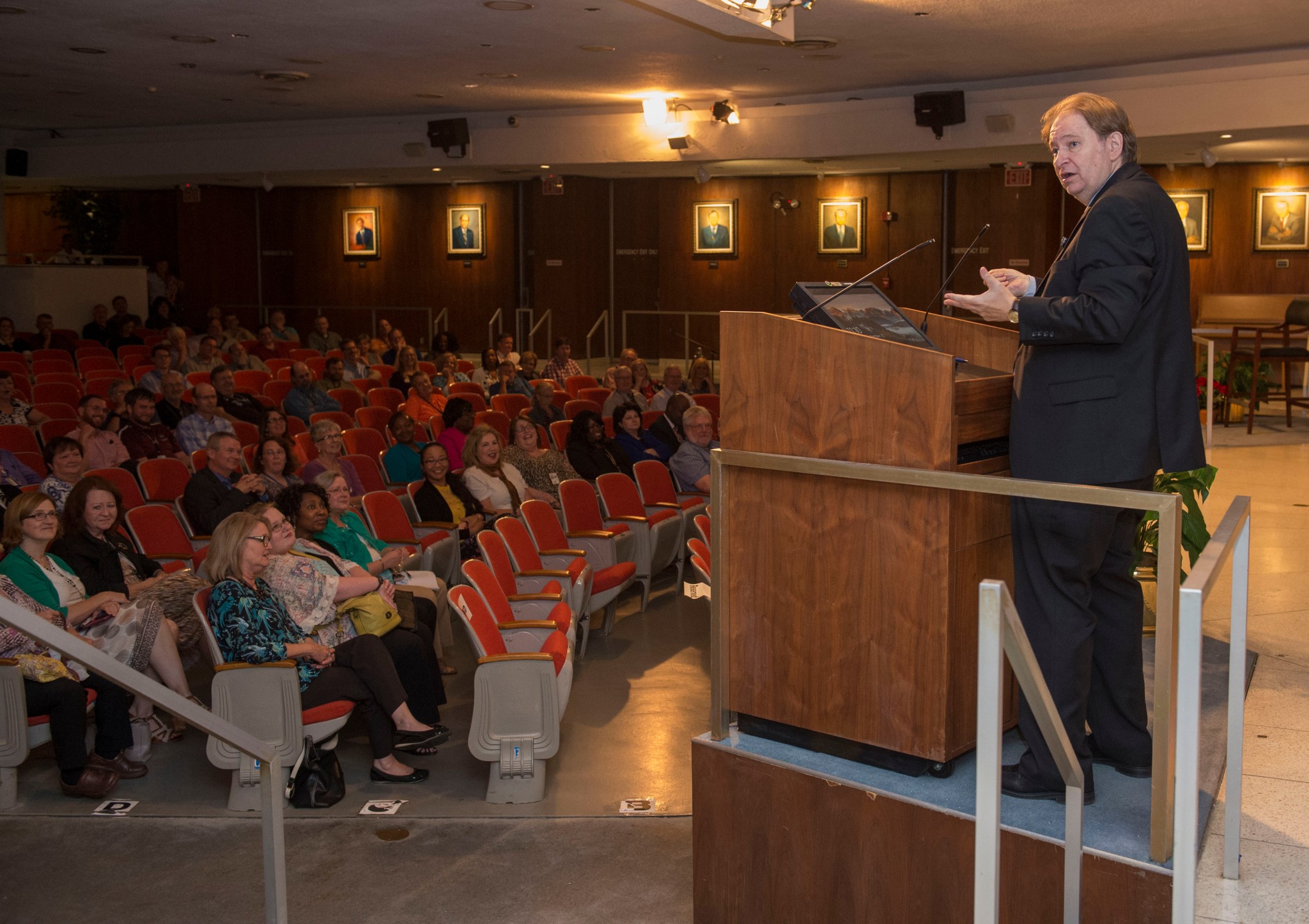
Kickoff speaker for Safety Week 2017 at NASA’s Marshall Space Flight Center, former news reporter Rick Bragg — now a journalism professor at the University of Alabama in Tuscaloosa — speaks to team members Sept. 25. Bragg, a Piedmont, Alabama, native, has authored six bestselling nonfiction works and in 1996 received a Pulitzer Prize for his reporting for The New York Times. Following Bragg’s speech, Marshall Center Director Todd May presented him with a memento photo with the inscription, “Your books and our rockets have the same thing in common. They both represent our state well.” Safety Week will continue through Sept. 29 and includes presentations, exhibits, lunch-and-learn events and more, organized daily around themes related to the health and well-being of Marshall workers, their teams and their families. Safety Week is organized by Marshall’s Safety and Mission Assurance Directorate. (NASA/MSFC/Emmett Given)
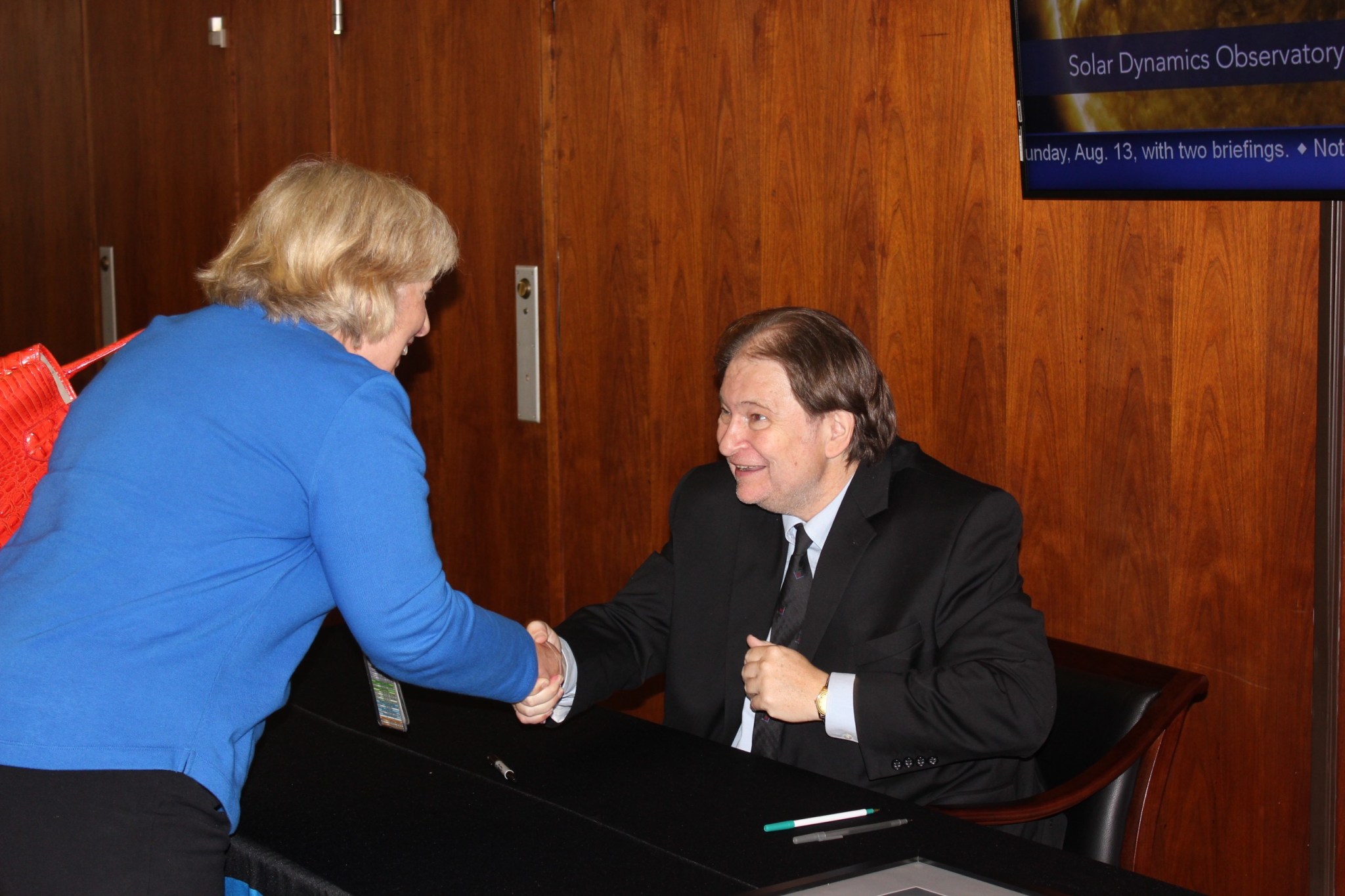
Former NASA astronaut Jan Davis, left, shakes hands with Rick Bragg Sept. 25 during a meet and greet with Bragg in the lobby of Building 4200. Bragg kicked off Safety Week 2017 at Marshall, speaking to the workforce about his experiences growing up in rural Alabama and how it shaped him to become the person he is today. The theme for Safety Week’s opening day was “Reporting Monday,” which focused on the obligation to report unsafe conditions or situations. Safety Week will continue through Sept. 29. (MSFC/Joel Wallace)
From the Barren Environment of Space to Rural Communities on Earth, Marshall Technology Provides Drinkable Water
By Will Bryan
Water. It is one of the most abundant substances on Earth, yet in some locations, clean, drinkable water is one of the hardest things to find. Technology — developed at NASA’s Marshall Space Flight Center and available on the commercial market — makes it a little easier to get a clean drink of that precious liquid in areas without abundant access to it.
During the Space Shuttle Program, teams developed iodinated resin technology for in-space water purification. The Microbial Check Valve — created by Umpqua Research Corp. of Myrtle Creek, Oregon — resulted from the development. The iodine in the resin, which is contained in the valve, kills bacteria and viruses in the water as water flows through the valve. Iodine is widely used as a disinfectant and purifier due to its powerful, predictable and reliable behavior.
Commercial rights to the purification technology are owned by Water Security Corp. of Sparks, Nevada, which has incorporated it into their portable water purification system — the Model WSC4. Over 800 systems have been placed throughout hundreds of rural communities in Mexico.
Key to the technology is the iodine resin-impregnated valve, which — under most environmental conditions — kills 99.9999 percent of bacteria and 99.99 percent of viruses in the water that flow through it. Water Security’s proprietary “Iodosorb” is a substance that removes the iodine and iodide after bacteria and virus purging, giving the water pure color and taste. The system also contains filters that remove cysts and other small particulates, ensuring the water is safe to consume.
The Model WSC4 — also known as the Discovery System — is about the size of a large water heater and can pump about four gallons of water per minute at a pressure of 60 pounds-per-square-inch-gallon. It has the capacity to filter 30,000 gallons before the screw-off filtering cartridge needs to be replaced.
Water Security licenses the purification technology to companies around the world including in India, Afghanistan, Pakistan, Mexico and New Zealand. These companies use the filtration technology to build a range of products, including compact, portable purifiers for emergency situations and disaster relief; countertop systems for the home; and large, street-side, water vending machines. Each company’s designs and creations are dependent on what is needed in its respective communities.
NASA technology has famously been spun-off into a myriad of products and services. Some spinoffs are recreational, while others — including water recycling and purification technology — change lives day-in and day-out, providing necessities to communities that might not otherwise have access to them.
If you have a technology that could cause a wave of changes, submit a New Technology Report. As Terry Taylor, manager of Marshall’s Technology Transfer Office explains, “The agency holds more than 1,400 patents and makes them available to industry through its patent licensing program. These inventions generate revenue, create jobs, save lives and show a clear return on investment for the nation’s space program.”
Bryan, an ASRC Federal/Analytical Services employee, supports the Office of Strategic Analysis & Communications.
Marshall Leaders Present Industry, Advocate Awards Sept. 21 for Service to Marshall, NASA’s Mission
By Rick Smith
On Sept. 21, NASA’s Marshall Space Flight Center presented its Industry & Advocate Awards for fiscal year 2017 during the Marshall Small Business Alliance Meeting at the U.S. Space & Rocket Center in Huntsville. The awards reflect leadership in the aerospace business community and sustained achievement in service to Marshall and to NASA’s overarching mission.
Marshall Director Todd May, in his remarks welcoming attendees to the event, noted that Marshall currently works with 263 small businesses, with contract dollars funneled to those businesses having grown a staggering 99 percent in the past decade.
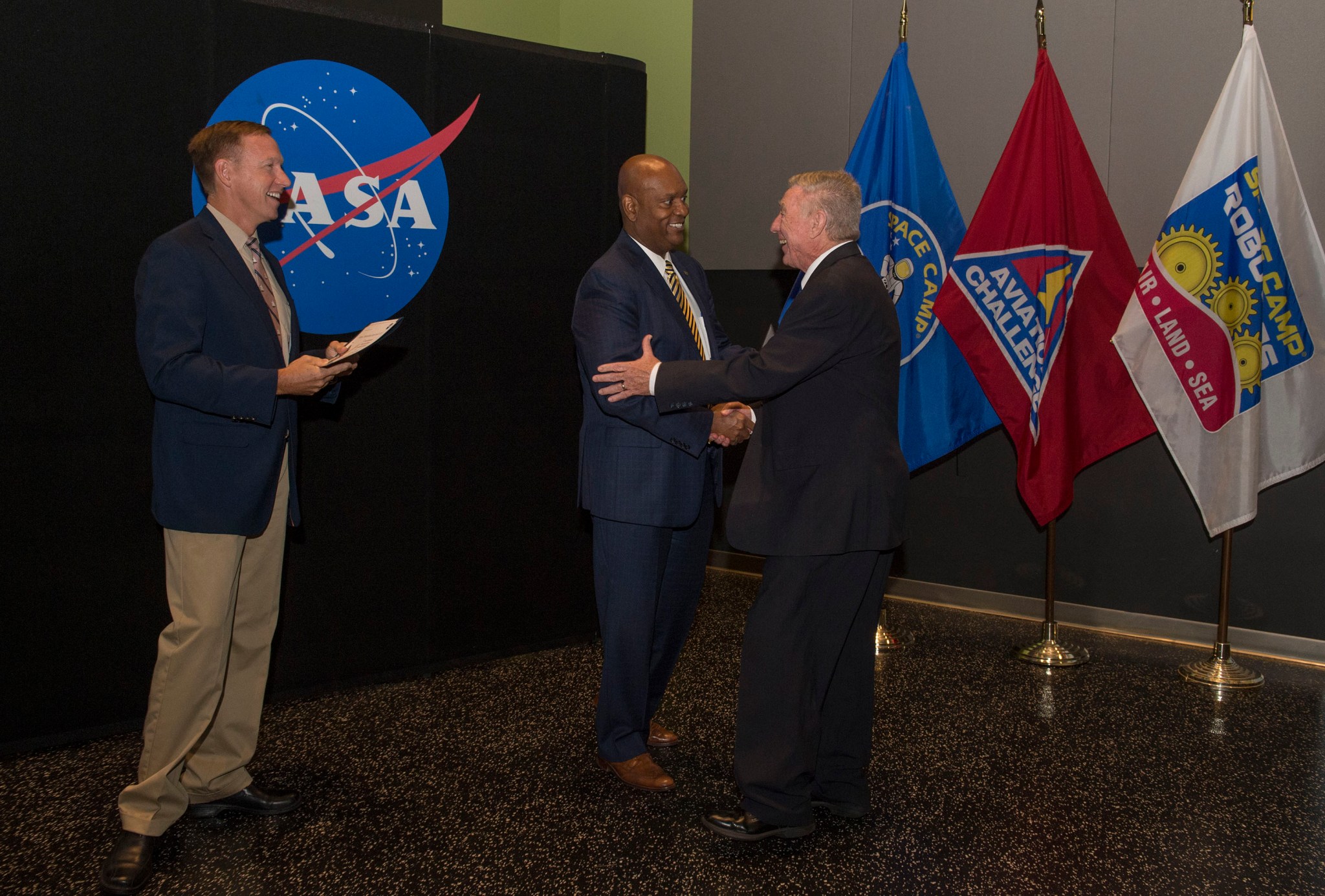
“Our commitment to small business is why we’ve won the NASA Small Business Administrator’s Cup five times in the past eight years,” May said.
Established in 2007 and sponsored by Marshall’s Office of Procurement and Small Business Office, the alliance helps small businesses pursue NASA procurement and subcontracting opportunities.
Jacobs of Huntsville was named Marshall’s Large Business Prime Contractor of the Year for support of the Small Business Subcontracting Programs under Marshall’s Engineering and Science Services and Skills Augmentation contract.
Victory Solutions Inc. of Huntsville was named Marshall’s Small Business Prime Contractor of the Year for support provided under the Marshall Integrated Program Support Services Configuration Management and Data Management task order.
Genex Systems LLC of Newport News, Virginia, was named Marshall’s Small Business Subcontractor of the Year, for support to Teledyne Brown Engineering under the Mission Operations & Integration contract.
Marshall presented its Large Business Prime Contractor Excellence Award to URS Federal Services Inc. of Germantown, Maryland, and Small Business Prime Contractor Excellence Awards to Aerie Aerospace LLC of Huntsville; Aetos Systems Inc. of Huntsville; All Points Logistics LLC of Houston; Bastion Technologies Inc. of Houston; and Manufacturing Technical Solutions Inc. of Huntsville.
Small Business Subcontractor Excellence Awards were presented to CRM Solutions Inc. of Huntsville; Ensign Bickford Aerospace & Defense Co. of Graham, Kentucky; Futuramic Tool & Engineering Co. of Warren, Michigan; JBS Solutions Inc. of Huntsville; Metalwerks PMD Inc. of Aliquippa, Pennsylvania; and Seabrook Solutions LLC of Huntsville.
The Mentor-Protégé Agreement of the Year was awarded to mentor firm URS Federal Services Inc. and protégé company Seabrook Solutions LLC for their support of Marshall’s Operations Support Services contract. Honored with Mentor-Protégé Program Participation Awards were Boeing of Huntsville and AMRO Fabricating Corp. of South El Monte, California, recognizing their mentor and protégé roles, respectively, on Marshall’s Space Launch System Stages contract.
The Small Business Program Lifetime Leadership Award was presented to Dr. Ronald Belz, a Jacobs operations manager in Marshall’s Engineering Directorate, for his support of the Marshall Small Business Program, participating on the Marshall Prime Contractors Supplier Council from 2003-2017 and serving as Jacobs’ small business liaison officer.
Small Business Program Advocacy Awards were presented to Debra Batson, director of business management at Teledyne Brown Engineering; and Taylor Dean, business development specialist at Manufacturing Technical Solutions Inc. Batson and Dean were recognized for planning and coordinating special outreach activities in their respective roles as events coordinator for the Marshall Prime Contractors Supplier Council and events coordinator for the Small Business Executive Leadership Team.
David Iosco, deputy director of Marshall’s Office of Procurement, was named Procurement Person of the Year; Angela Lovelady, program analyst in Marshall’s Space Launch System Program Office, was named Program Person of the Year; Alicia Carroll, technical resources manager in Marshall’s Engineering Directorate, was named Technical Person of the Year; and Kimberly Keith, external relations specialist in Marshall’s Office of Strategic Analysis & Communications, was named Small Business Technical Coordinator of the Year.
NASA civil service employees nominate eligible individuals and organizations for awards. A panel of NASA business procurement officials evaluates each nominee’s business practices, innovative processes, adoption of new technologies and their overall contributions to NASA’s mission and the agency’s Small Business Program.
Award recipients in the categories of Large and Small Business Prime Contractors of the Year and Small Business Subcontractor of the Year become candidates for agency-level Small Business Industry Awards. Recipients of Procurement, Technical, Small Business Technical Coordinator and Program Persons of the Year also become candidates for these awards.
Smith, an ASRC Federal/Analytical Services employee, supports the Office of Strategic Analysis & Communications.
Redstone Arsenal Garrison Commander Col. Thomas Holliday Jr. speaks to Marshall Association
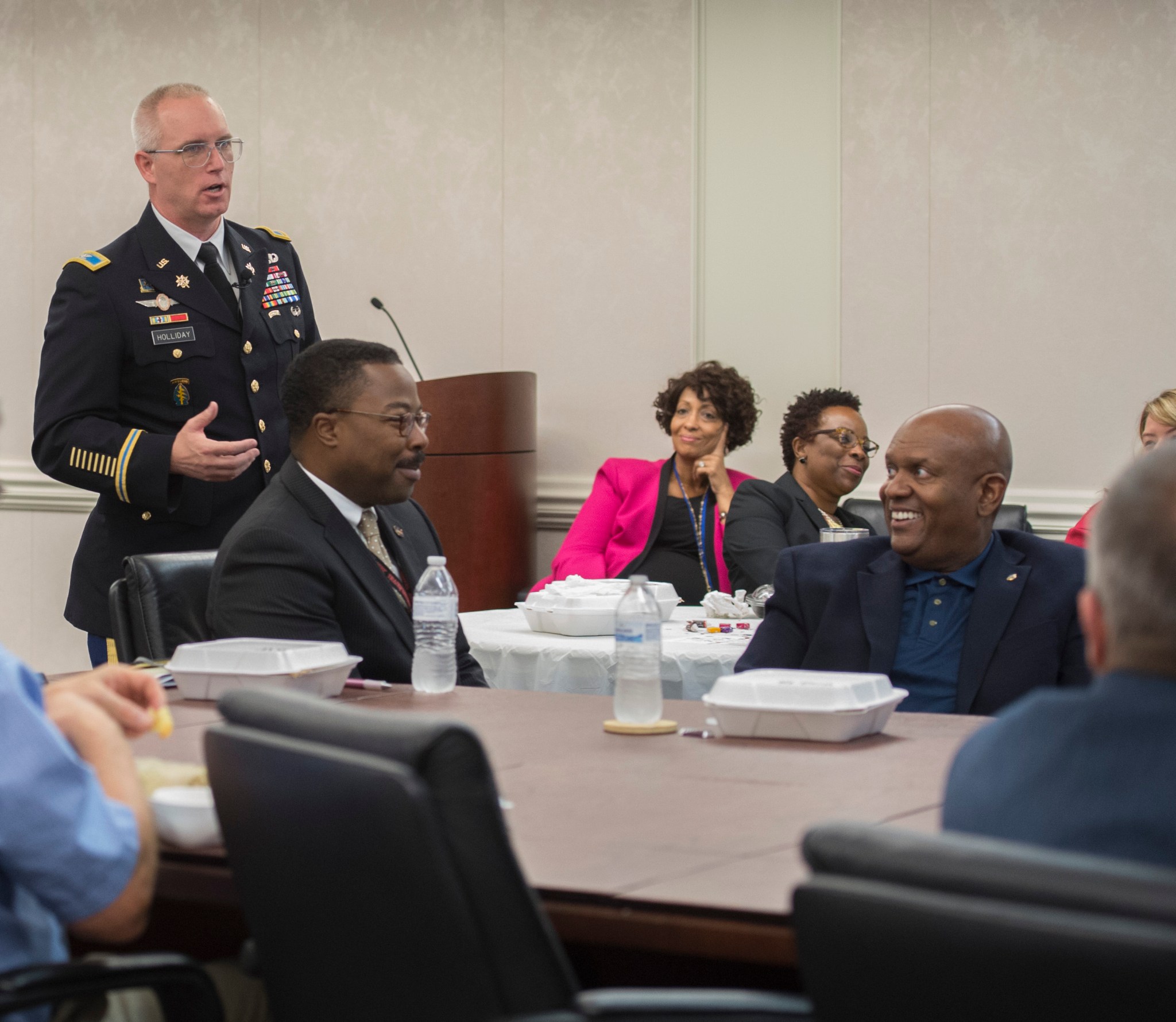
U.S. Army Col. Thomas Holliday Jr., Garrison Commander at Redstone Arsenal, spoke at the Marshall Association luncheon Sept. 20 in Building 4200. The association was established to build the exchange of innovative and stimulating ideas within the Marshall community. The self-governing organization sponsors several activities throughout the year, as well as a speakers program addressing topics of interest to Marshall team members. Association membership is $25 annually, which supports the Marshall Association Scholarship Fund. (NASA/MSFC)
This Week in NASA History: Second Crewed Skylab Mission Splashes Down – Sept. 25, 1973
This week in 1973, the second crewed Skylab mission splashed down in the Pacific Ocean following a successful 59-day mission in the orbiting laboratory. Here, astronaut Owen K. Garriott retrieves an image experiment from the Apollo Telescope Mount during an extravehicular activity. Today, the Payload Operations Integration Center at Marshall serves as “science central” for the space station, working 24/7, 365 days a year in support of the orbiting laboratory’s scientific experiments. The NASA History Program is responsible for generating, disseminating and preserving NASA’s remarkable history and providing a comprehensive understanding of the institutional, cultural, social, political, economic, technological and scientific aspects of NASA’s activities in aeronautics and space. For more pictures like this one and to connect to NASA’s history, visit the Marshall History Program’s webpage. (NASA)
OSIRIS-REx Mission Highlighted on ‘This Week @NASA’
The OSIRIS-REx mission is featured in the latest edition of “This Week @NASA,” a weekly video program broadcast nationwide on NASA-TV and posted online.
NASA’s OSIRIS REx spacecraft used Earth’s gravity on Sept. 22 to slingshot itself onto a path toward the asteroid Bennu. OSIRIS-REx launched Sept. 8, 2016, on an Atlas V rocket and is scheduled to arrive at Bennu in late 2018. The rocket provided the momentum required to propel the spacecraft forward to Bennu, but it needed help from Earth’s gravity to change its orbital plane.
OSIRIS-REx is the third mission in NASA’s New Frontiers Program. NASA’s Marshall Space Flight Center manages the agency’s New Frontiers Program for the Science Mission Directorate in Washington.
View this and previous episodes at “This Week @NASA” on NASA’s YouTube page.
Obituaries
James E. Jenkins, 88, of Huntsville, died Sept. 17. He retired from the Marshall Center in 1990 as a flight systems engineer.
James D. Venus, 87, of Harvest, Alabama, died Sept. 20. He retired from the Marshall Center in 1986 as a program analyst.





